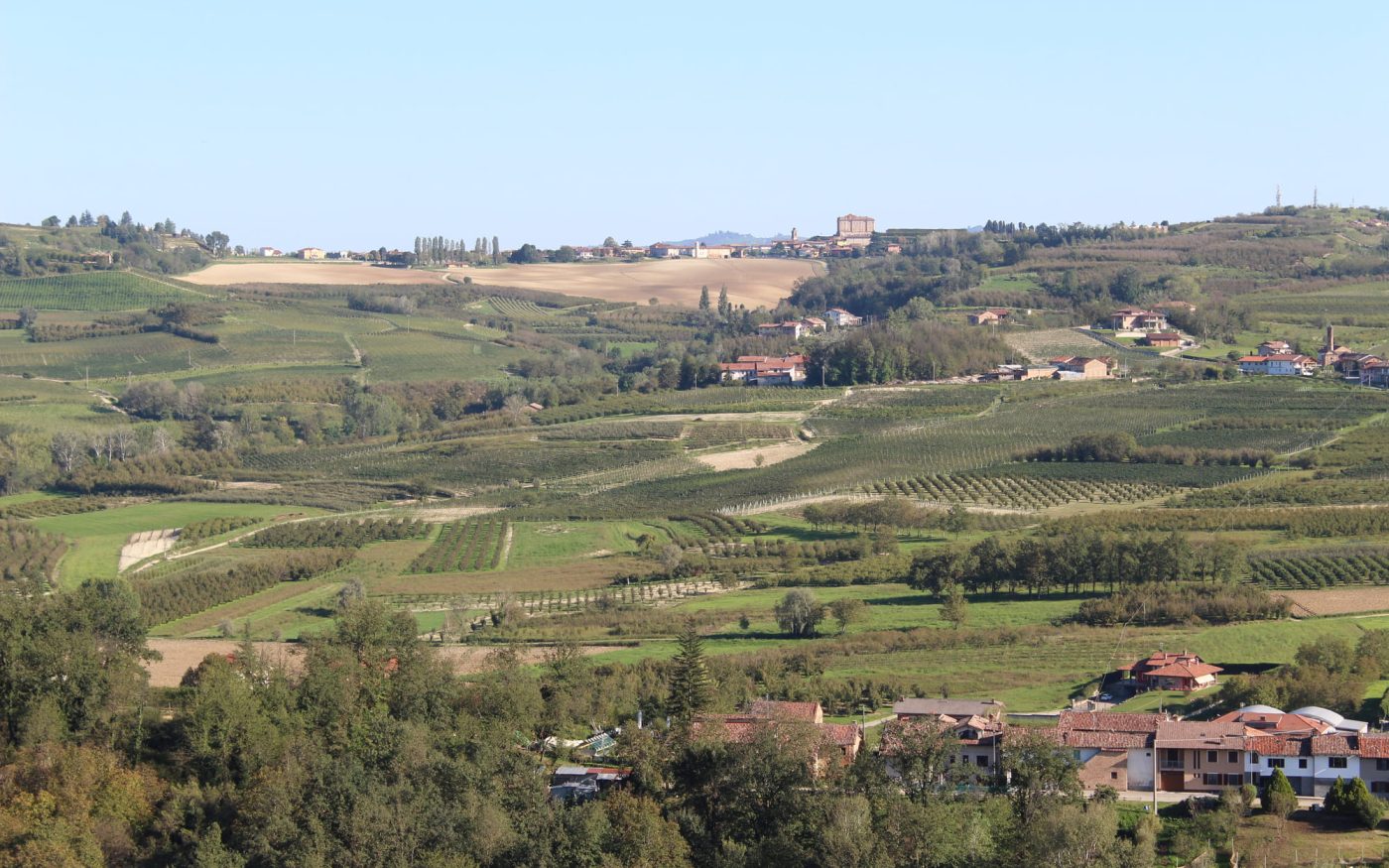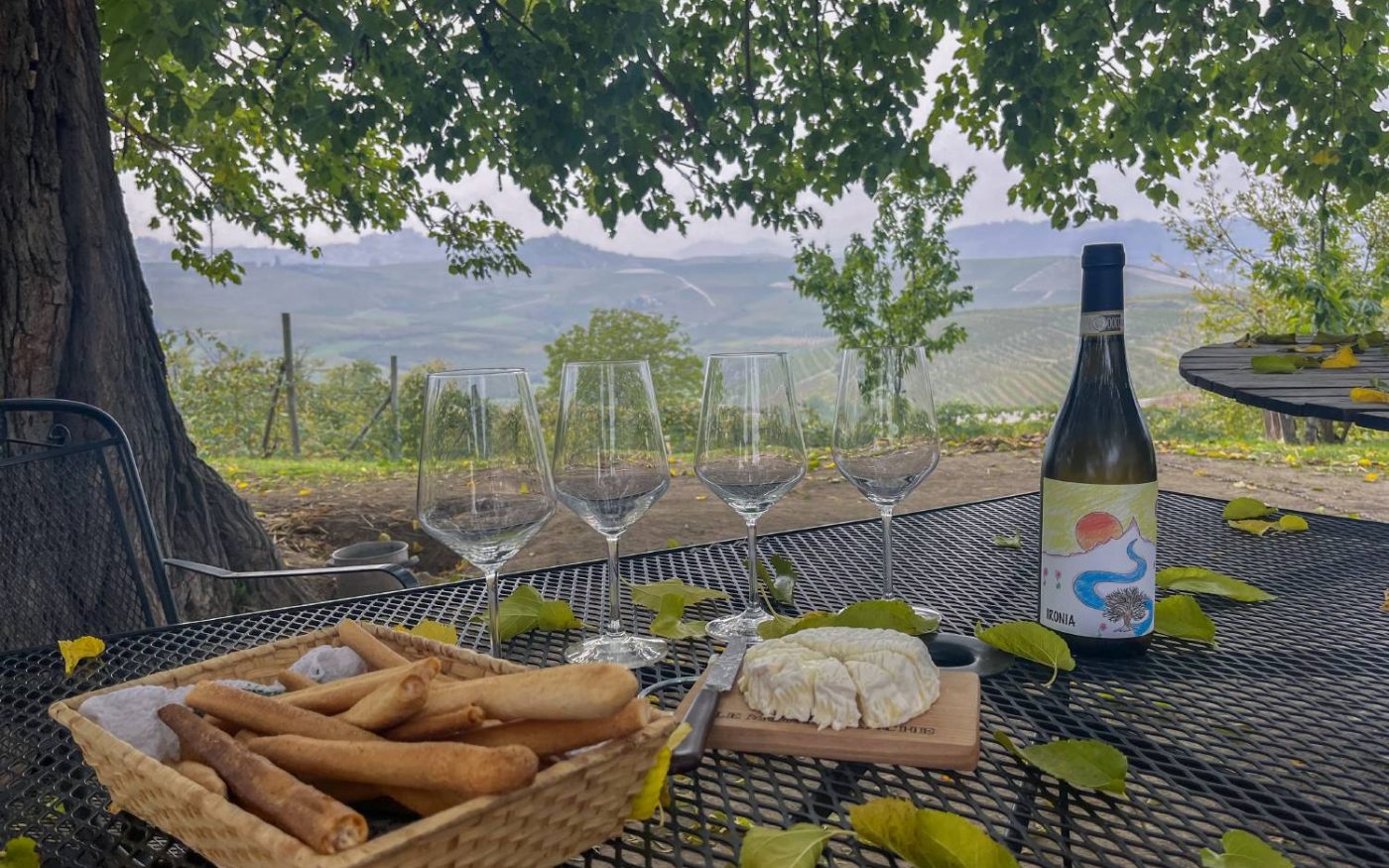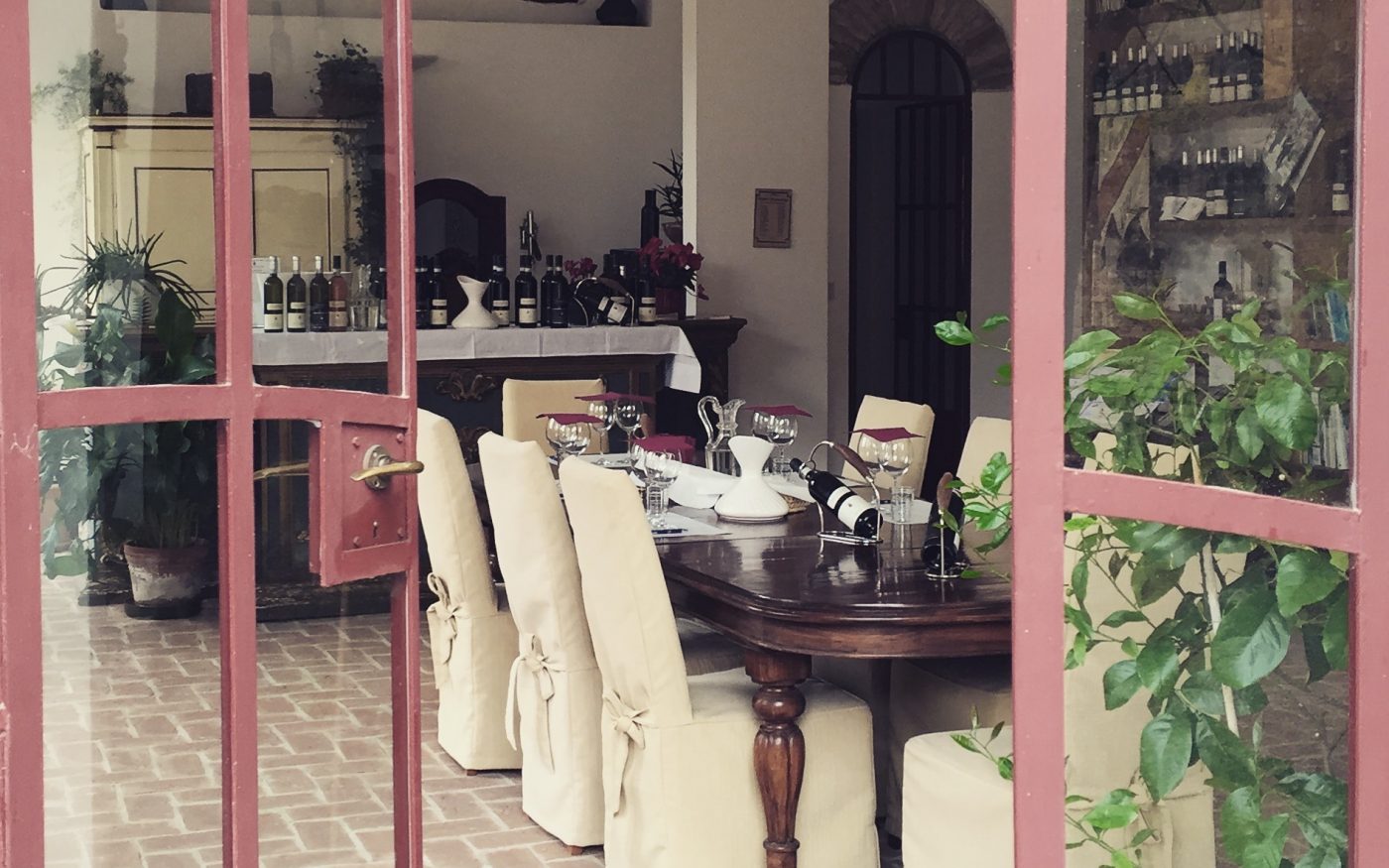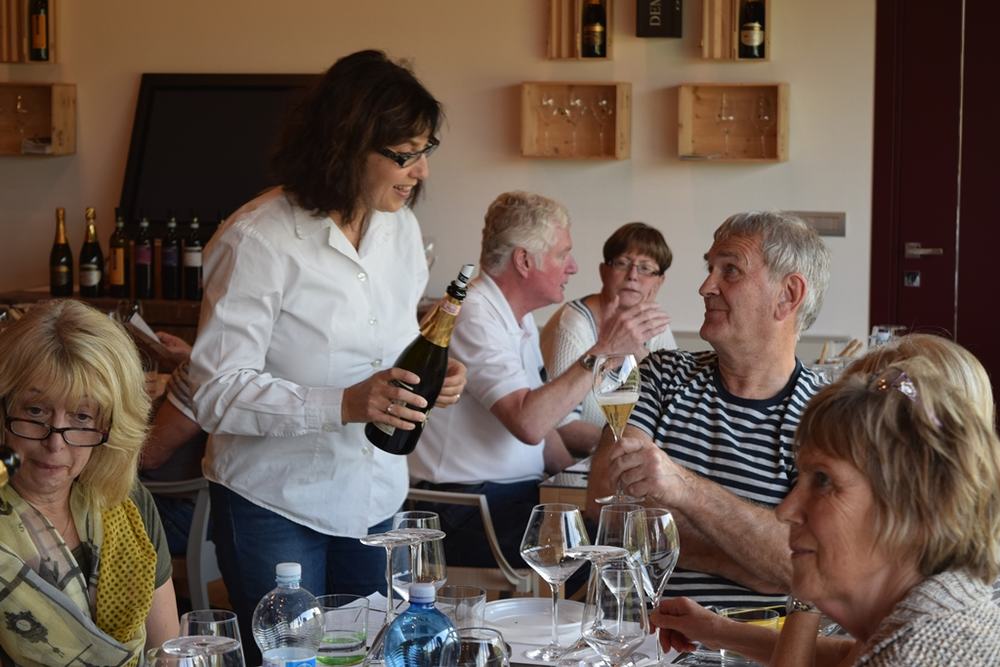Tasty reads
Roero DOCG a chat with producers (vol. 2)

We continue our wine journey dedicated to Roero DOCG!
Many voices wanted to tell us about this wine in continuous discovery, the transformation of Nebbiolo grapes and the continuous challenges related to it.
So in this second volume, we continue the journey with Nadia ofAzienda Agricola Demarie in Vezza d’Alba, Alessandro Bovio of Le More Bianche in Magliano Alfieri and Alfredo Falletti of Malabaila in Canale.
Alfredo — Ours is a pure Nebbiolo. The vineyard is called Castelletto and was purchased by the Malabaila family in the mid-1300s. From its grapes comes our longest-lived wine, which we age for two years and is drinkable even after 20. Austere and important.

Nadia — We produce Roero DOCG Riserva, which according to regulations has a longer aging period than Roero DOCG: it ages in barrique for about 18 months-although this time varies from vintage to vintage. It has very pronounced hints of chocolate, tobacco, vanilla, so it is more spicy and strong than a Roero that ages in large barrels.
ALESSANDRO — We are talking about nebbiolo grapes, so this is also an important wine, for aging, with pronounced tannins. It ages a year and a half in oak barrelS and a year in bottle, so it is quite ready to drink. The nose has hints of ripe fruit, flanked by light wood that completes the bouquet.
Alfredo — Because thanks to well-done aging, it has very pleasant aromas and tannins.
Nadia —I particularly like it for its “full-bodiedness” without being heavy to drink. It is very elegant and undemanding, despite having a nice structure.
ALESSANDRO — Itis always a great wine, capable of giving emotions that grow as time passes.
Alfredo — With medium-sized, very tasty and hearty dishes, to prevent this strong wine from covering up the flavors. Any examples? Braised meats or cheeses like Castelmagno, I also like it very much with pasta dishes dressed with sausage or liver sauce.
Nadia — It is very good for grilling, or to go with a good tenderloin. If desired, a first course with a good meat sauce would also fit.

ALESSANDRO — With a nice meat dish, for sure, but also with pasta dishes with meaty important sauces. It is a wine capable of blending, thanks to the fact that it degreases the palate very well.
Alfredo — The Roero DOCG rests no more than a year and a half in wood: it is still an important wine, but, aged less, it is certainly easier than the Riserva. We are currently selling the 2020 vintage.
The Riserva ages longer, so it is more austere and is rounder with softer tannins.
ALESSANDRO — As per specifications, the Riserva does an extra year of aging, and they often choose to use grapes from older vineyards to produce it. Compared to Roero DOCG it has more structure and persistence.
Alfredo — As aging times come very close, it changes a bit the structure of the tannins at the level of pleasantness and importance.
Our sandier, younger soil, compared to the ancient, marly soil of the Langhe, certainly influences these differences.
Nadia — Barolo and Barbaresco are full-bodied and structured. Roero DOCG is more delicate. This particularity is undoubtedly given by the soil: sandier in the case of the Roero, more mellow in the case of the Langhe.

ALESSANDRO – We are still talking about nebbiolo-based wine, however, the soil gives its imprint. In the Roero we will have a fresh , fruity wine, a little more streamlined than a Barolo or Barbaresco.
They are all great aging wines, but certainly the territorial factor brings out more elegant hints in the Roero.
Alfredo — Nebbiolo in this area is very well known, so we more or less know what we are getting into. Something always changes from one vintage to the next, but we manage to juggle quite well after many, many years of production.
The weather these past two years has been a challenge, and it will be a challenge in the future as well: we have already changed the method of production: we leave the grass in the ground, remove very few leaves and shade both the row and the grapes as much as possible, so that ripening takes place in the best possible way.
Regarding alcohol content, we did not notice a considerable increase, but there are some components of the grape cluster that change a little bit, such as the structure of tannins and anthocyanins.
The market, on the other hand, is increasing. Every year we reach out to someone more because important wines are becoming more and more appreciated.
Nadia — Barolo and Barbaresco are better known, and therefore more easily marketed, while Roero is less well known and we producers are trying to promote it (those who taste it are always pleasantly surprised by its goodness).
In processing, in general, nebbiolo is a type of grape that, compared to barbera for example, is more difficult to cultivate: it adapts with more difficulty to the soil and one has to study the planting more thoroughly. Its winemaking, on the other hand, depends on the quality of grapes from different vintages.

ALESSANDRO – It all depends on the vintage years: it is easy to manage a vineyard with sandy soil, but now that there has been little rainfall, water stress is a serious problem, which also affects the winemaking of the grapes. To try to mitigate this problem, for example, we keep the land grassed.
On the market, Roero DOCG is still making its way: it is a wine of great potential, But I feel that it is only now beginning to be appreciated. Even abroad people are learning about it, and this is also thanks to the Consortium, which is doing a great job in this regard.
Many young producers are putting a lot of effort into communication, and this is an extremely positive sign.
